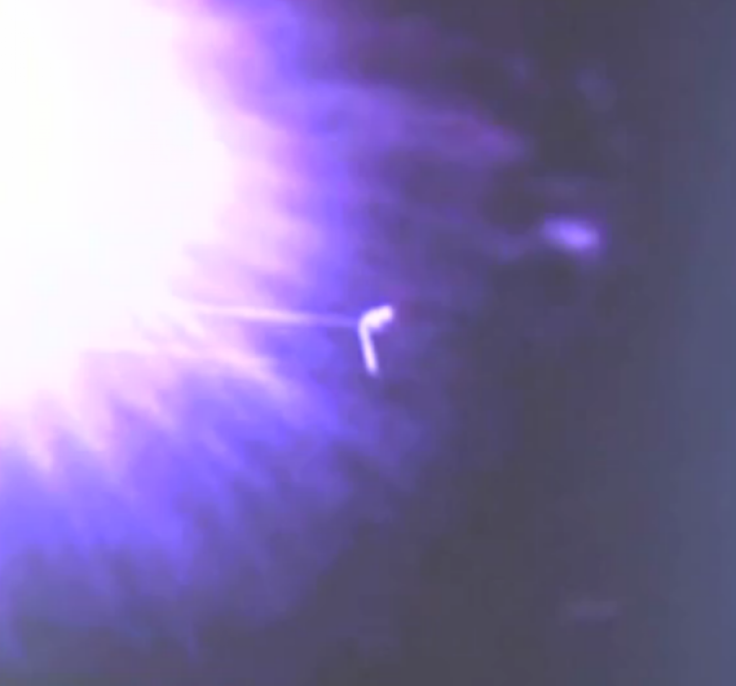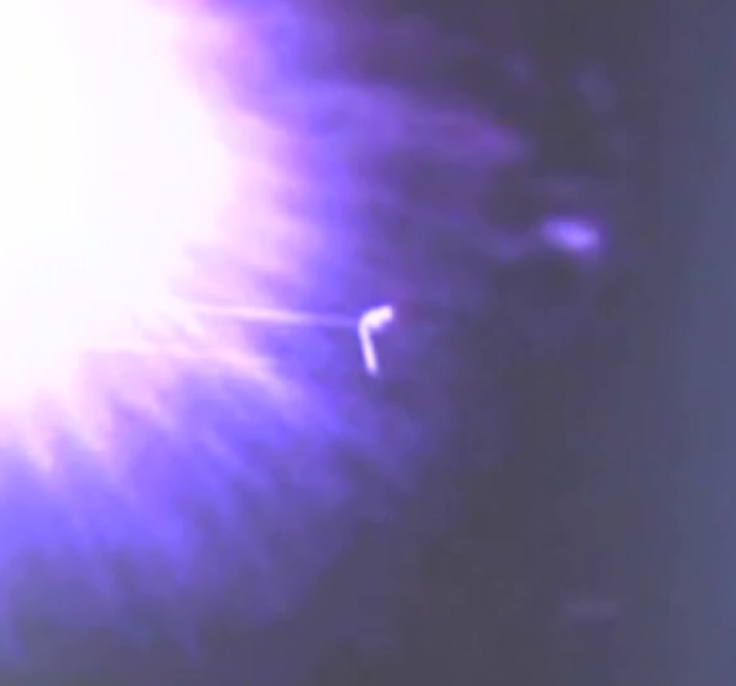Ring-Tailed Cat Spotted In San Antonio Parking Lot [PHOTO]


Eric Garcia's girlfriend wasn't the only one watching him as he played basketball on a San Antonio parking lot. Off to the side, looking his way, was an unusual animal with big round eyes, pointy ears and a zebra-patterned tail.
Jackie Zamora noticed the animal and grabbed her phone to record the cat-like creature, KVUE reports. Garcia tried to lure the animal using monkey sounds before calling animal control. The video shows the animal on a power line backlit by a street lamp.
“A possum has a rat tail, so it wasn’t that," Garcia said. "Raccoon, they’re too fluffy. So I started thinking, ‘What could it be, what could it be?’ Then it came to my head, ‘Has to be a monkey.’”
But it wasn’t a monkey or a lemur, as some suspected. The San Antonio Zoo speculates Garcia may have encountered a ring-tailed cat, a small mammal native to Mexico, southern Oregon, California and Texas.
“Ring-tailed cats are actually not cats; they’re related to raccoons. And they are much smaller and native to Texas. So that would be a much more likely suspect for what was spotted,” zookeeper Lyssa MacMillan said. Since the mammal is nocturnal, zoo officials say they’re rarely seen anywhere, let alone in a public parking lot.
In another such sighting in the same area in 2010, a woman took several photos of a ring-tailed cat in her backyard, KEN 5 reports. Laurie Gawelko told a local nonprofit she was feeding it, but the organization advised it's best to let the animals keep to themselves.
Ring-tailed cats are omnivores. Although not threatened with extinction, they are legally trapped for furs in Arizona, New Mexico, Colorado and Texas, according to the International Union for Conservation of Nature and Natural Resources. In the early 1980s Texas experienced a trapping peak for ring-tailed cats, with approximately 45,000 to 50,000 reportedly captured between 1979 and 1985.
© Copyright IBTimes 2024. All rights reserved.












